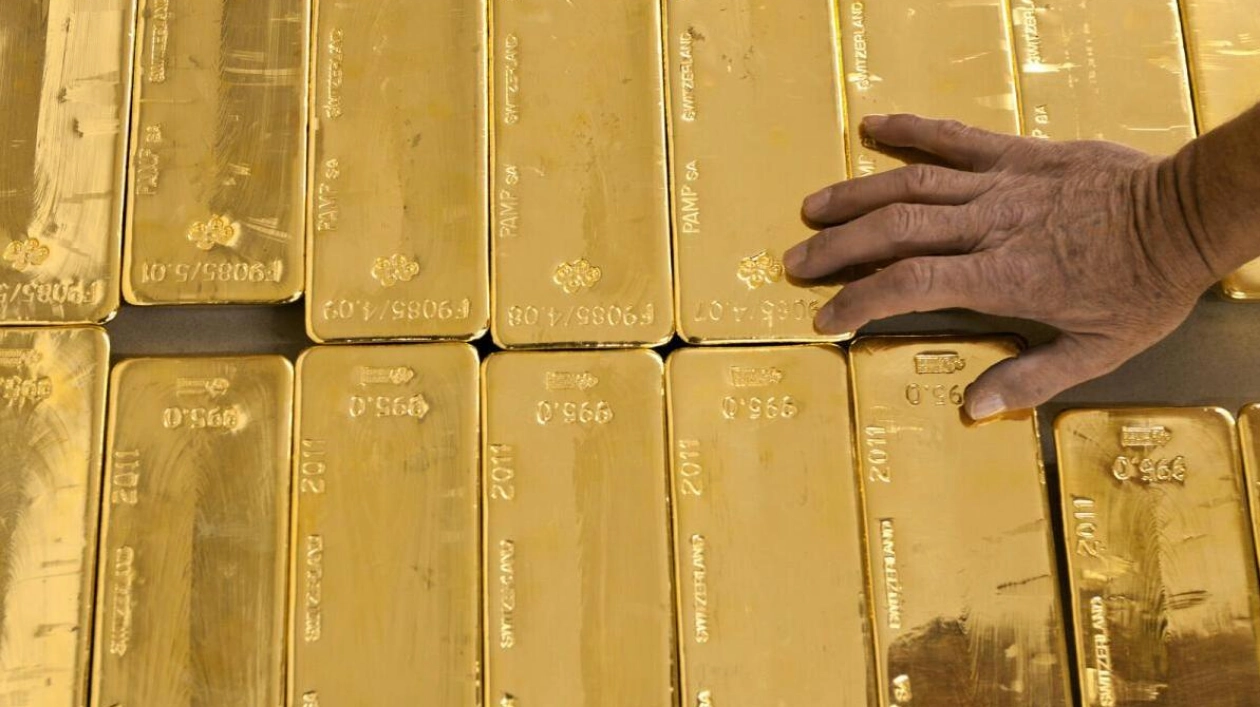Despite the recent downturn, gold's appeal as a safe-haven asset remains undiminished, with geopolitical tensions, inflationary pressures, and potential economic downturns serving as catalysts for a price rebound, according to precious metals analysts. Market experts note that after a sharp decline in recent weeks due to the robust growth of the US dollar, gold prices experienced a series of moderate fluctuations around the $2,500 mark last week, ultimately ending close to where they started.
Following the release of Friday's US non-farm payrolls report, traders interpreted the data negatively, pushing gold prices to a daily low of $2,487 per ounce around 12:30 pm. Spot gold then saw a modest recovery, hovering just below the $2,500 level for the rest of the trading session on Friday. Technical analysis indicates that gold is attempting to sustain its medium-term uptrend. If prices continue to rise, they could surpass the August high, with the next target being the Target Zone 6, $2,536-$2,526.
Many analysts are optimistic about gold's prospects in 2024, forecasting it to trade between $2,421.00 and $2,651.00. More conservative estimates predict a decline to $2,000.00–$2,133.00. Some analysts even anticipate an unprecedented surge to $2,750.23–$2,810.76 per ounce. Mohamed Hashad, chief market strategist at Noor Capital, attributes the increased volatility in gold prices to market uncertainty about future interest rates and the broader economic outlook. "Investors are dealing with conflicting signals, as some economic indicators suggest a slowing economy, while others indicate continued resilience. This uncertainty has led to a more cautious approach among gold investors, who are reluctant to take large positions."
Hashad emphasizes that despite the recent decline, gold's status as a safe-haven asset remains intact. Geopolitical tensions, inflationary pressures, and potential economic downturns could trigger a rebound in gold prices. However, the sustained strength of the US dollar and the Federal Reserve's commitment to maintaining price stability pose significant challenges. Long-term forecasts anticipate the rally to extend to $2,799.00 by 2025. For the first quarter of 2026, experts predict that gold prices will fluctuate between $2,441.00 and $2,882.00, before settling at $2,566.00 per ounce by year-end.
Analysts point out that the recent drop in gold prices can be linked to the strengthening of the US dollar. As the US economy recovers from the pandemic, the dollar has gained strength, making gold less appealing to investors. Moreover, rising interest rates in the US have also contributed to the decline in gold prices, as higher rates make other investments more attractive. Naeem Aslam, chief market analyst at AvaTrade, states, "The strength of the dollar is the primary reason for the fall in gold prices. The US economy is recovering robustly, and the dollar is strengthening as a result. Additionally, rising interest rates in the US have made gold less attractive to investors."
However, some analysts believe that the decline in gold prices is temporary, and that the precious metal will rebound in the long term. According to Jigar Trivedi, fundamental research analyst at Anand Rathi, while gold prices may have fallen in the short term, gold remains a safe-haven asset in the long term. "As geopolitical tensions and inflation concerns persist, gold will continue to be an attractive investment for investors." Geopolitical tensions and inflation concerns have historically been the main drivers of gold prices. As a safe-haven asset, gold is viewed as a store of value during periods of economic uncertainty. However, in recent weeks, these factors have been overshadowed by the strength of the US dollar and rising interest rates.
Despite the recent decline in gold prices, some central banks continue to purchase gold as a hedge against economic uncertainty. According to the World Gold Council, central banks acquired 273 tonnes of gold in the first half of 2021, the highest level in a decade. This indicates that central banks still consider gold an essential asset for diversifying their reserves.






